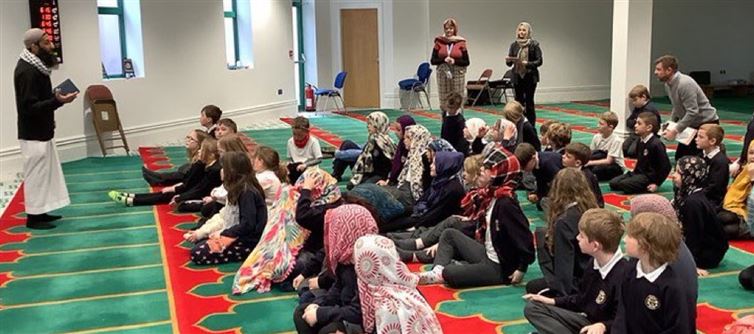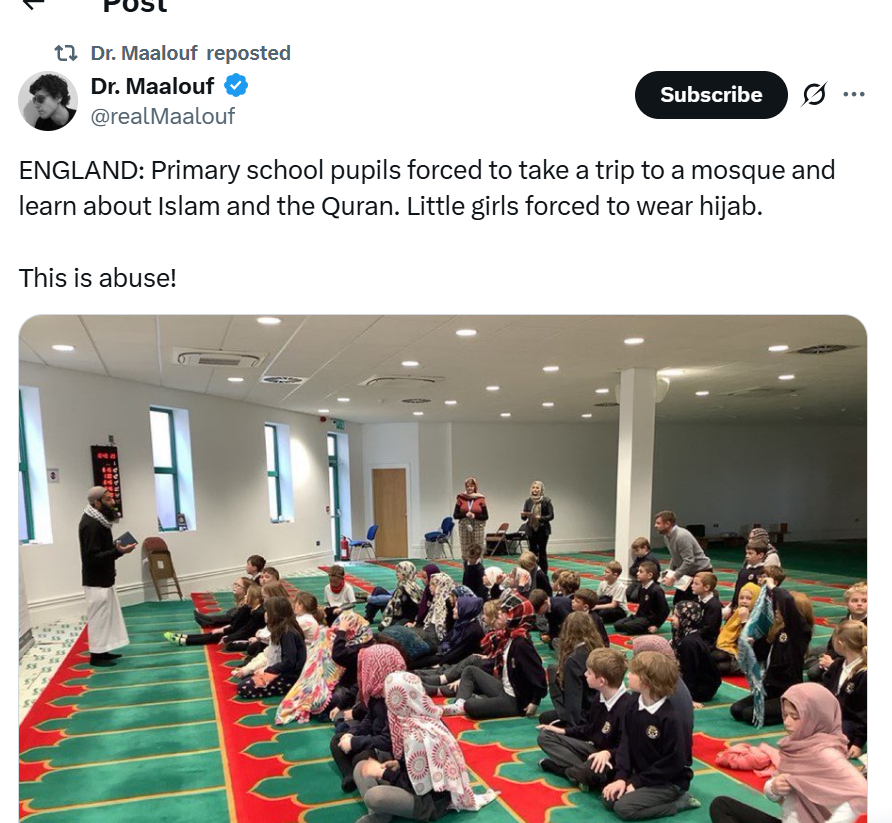
However, concern arises when participation appears coercive, especially if students, particularly young girls, are reportedly forced to wear the hijab or engage in religious rituals. While it's respectful for visitors to adhere to certain dress codes in places of worship (like covering shoulders or removing shoes), forcing children to wear religious symbols can cross a line. It risks undermining the secular and neutral stance public education is meant to maintain. parents often expect their children to observe rather than participate in religious customs during such visits, and schools should clearly communicate that participation is optional and that respectful boundaries will be maintained.
 Transparency and parental consent are crucial to avoid mistrust. Schools must ensure that educational visits are designed for observation and understanding, not compliance with faith practices. Dress expectations should be advisory and culturally respectful, not mandatory, especially for children whose families do not share the same beliefs. When managed properly, interfaith education trips can foster mutual respect and coexistence, but when mishandled or perceived as religious imposition, they can generate backlash, alienate parents, and undermine the very tolerance such programs are intended to promote.
Transparency and parental consent are crucial to avoid mistrust. Schools must ensure that educational visits are designed for observation and understanding, not compliance with faith practices. Dress expectations should be advisory and culturally respectful, not mandatory, especially for children whose families do not share the same beliefs. When managed properly, interfaith education trips can foster mutual respect and coexistence, but when mishandled or perceived as religious imposition, they can generate backlash, alienate parents, and undermine the very tolerance such programs are intended to promote.




 click and follow Indiaherald WhatsApp channel
click and follow Indiaherald WhatsApp channel